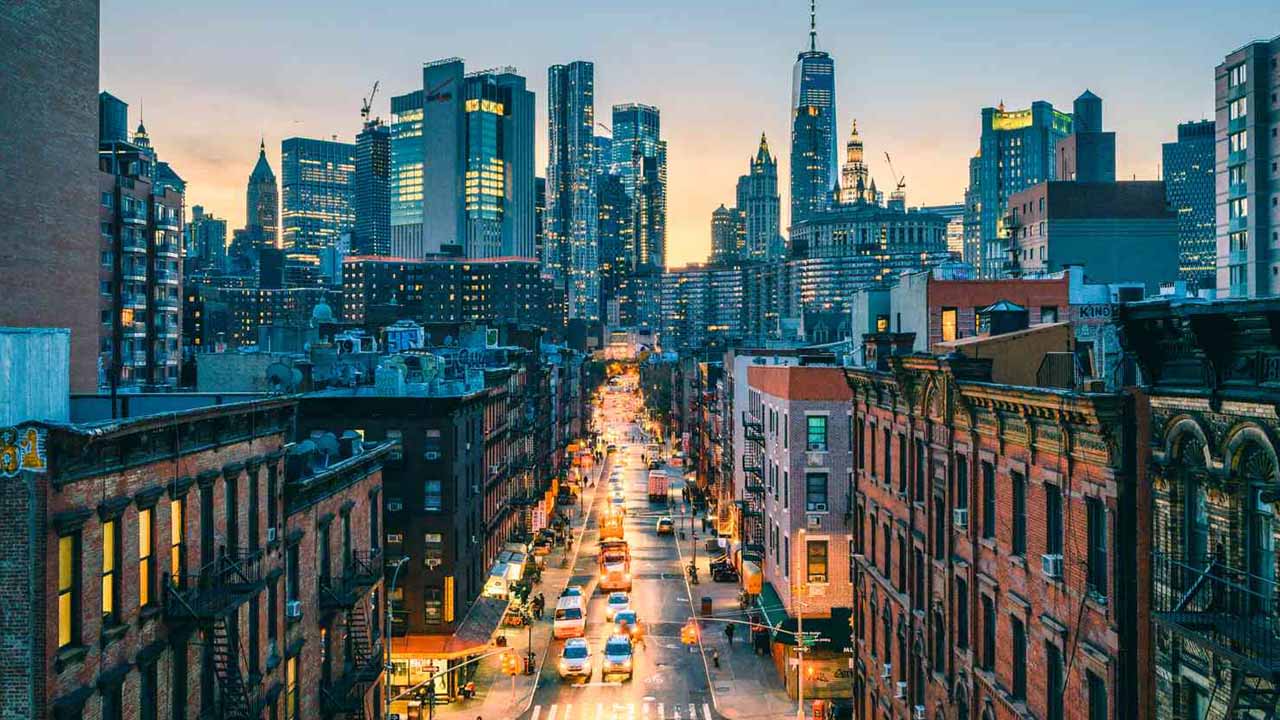Every month when household expenses are due, it seems like we complain about how the cost of living has increased once more.
The Russian war in Ukraine and the pandemic’s aftereffects, according to the Economist Intelligence Unit’s (EIU) Worldwide Cost of Living Index for this year, will cause an increase in the average cost of living of 8.1% in 2022.
The world’s 10 most expensive cities to live in 2022
- New York
- Singapore (tie)
- Tel Aviv, Israel
- Hong Kong
- Los Angeles (tie)
- Zurich, Switzerland
- Geneva, Switzerland
- San Francisco, California
- Paris, France
- Copenhagen, Denmark
After inflation rose this year, New York and Singapore are jointly the most expensive cities in the world, a yearly survey released on Thursday revealed.
The two overtook Tel Aviv, which had previously ranked first in the Worldwide Cost of Living index released by the London-based Economist Intelligence Unit. Tel Aviv now ranks third (EIU).
According to the survey, “the cost of living in the world’s largest cities is rising as the conflict in Ukraine and ongoing pandemic restrictions disrupt supply chains, particularly for energy and food.”
While Damascus and Tripoli continued to be the least expensive cities, New York surpassed them for the first time.
In the 172 large cities included in the EIU poll, which was performed between August and September, prices soared by an average of 8.1 percent.
According to the poll, “the impact of the strong US dollar on our city rankings” is also demonstrated. A total of 50,000 worldwide prices were converted into dollars.
The US dollar has increased this year as a result of the Federal Reserve’s significant increases in interest rates in an effort to control inflation that has been at a 30-year high. Los Angeles and San Francisco also entered the top ten along with New York.
Moscow and St. Petersburg were the two cities that moved up the most, “soaring by 88 and 70 places respectively as prices rose amid Western sanctions and buoyant energy markets supported the rouble.”
Upasana Dutt, who headed the research, said “the war in Ukraine, Western sanctions on Russia, and China’s zero-covid policies have caused supply-chain problems that, combined with rising interest rates and exchange-rate shifts, have resulted in a cost-of-living crisis across the world.”
“We can clearly see the impact in this year’s index, with the average price rise across the 172 cities in our survey being the strongest we’ve seen in the 20 years for which we have digital data,” she added.
How the list is made
The EIU evaluates more than 400 individual prices across more than 200 products and services in 172 cities in order to produce the list. In order to gauge how much prices have changed over the last year, they conduct surveys of a variety of high- and low-end firms.
Every year, a different organization, the global mobility corporation ECA International, releases its own list of the most expensive cities in the world. The ECA list has a somewhat different technique, focusing on regular costs such as rent and the price of public transportation while excluding luxury goods from its calculations.
Its list, published in June, awarded Hong Kong the title of the most expensive city for the third year straight and New York in second. However, the ECA’s list leans heavily toward big cities in Asia, as Seoul, Shanghai, and other East Asian urban centers all landed in the top 10.
The EIU list is benchmarked against prices in New York City, hence cities with currencies that are stronger against the US dollar are likely to appear higher in the rankings.












